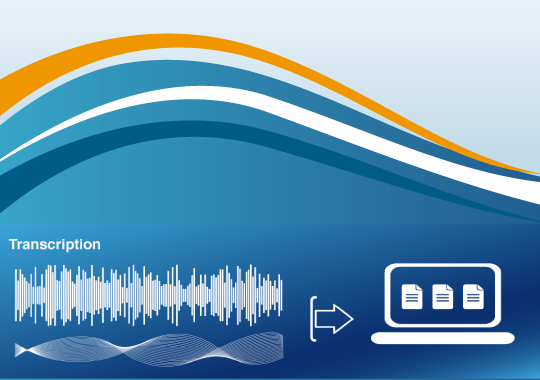
Teresa W. quoted “You know you are a transcriber when you visualize the typing in your mind when you are listening to conversations”.
Transcription is the process of converting spoken or recorded audio into written text. It involves carefully listening to speech—whether from a conversation, a video, or a recording—and accurately typing it out. Unlike translation, which converts text from one language to another, transcription usually stays within the same language.
The source material for transcription is typically an audio or video file. Since the process is based on time rather than word count, transcription services are charged per minute of audio rather than per word, as in translation.
Normally the source file is either audio or video in transcription. The charges are therefore on a per minute basis and not on per word basis (as in translation).
Transcription is essential across various industries. In legal proceedings, court reporters transcribe trials, hearings, and depositions to create official records. In the medical field, doctors dictate notes, which medical transcriptionists convert into written documents for patient records. Speech technology relies on transcriptions to train and improve voice recognition and AI-driven language models. In media and content creation, podcasts, interviews, and videos require transcriptions for accessibility, subtitles, and SEO optimization. Accurate transcription enhances clarity, ensures proper documentation, and improves accessibility, making it an invaluable service across multiple fields.
Oh!! The handling of projects is very systematic. They have their own contact management system and I received some beautiful mails and regular information about the ongoing project. If you know how much I save because of you, you may increase the rates hehe.
I have a complaint. We are a Translation Company. Most projects come for general languages and Shan's price list is too long to study. It is huge!!! But the rates are so good that I have to manage!
Medical Transcription


